1. Reno, Nevada
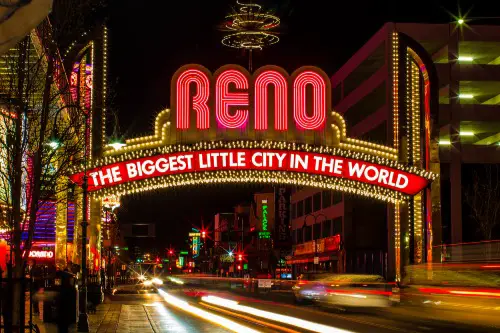
Reno was once just the smaller, scrappier sibling of Las Vegas, but it’s carved out its own identity in the last ten years, according to Peter S. Goodman from The New York Times. Thanks to an influx of tech companies like Tesla and Apple setting up nearby, the city’s economy has boomed. That growth funded major downtown revitalization projects, turning rundown blocks into colorful, walkable districts. Murals and sculptures now dot the city, especially in the Midtown District.
The creative scene has taken cues from nearby Burning Man, with large-scale installations and a DIY arts vibe. There’s also been a surge in local breweries, art collectives, and start-up incubators. Reno’s also made outdoor recreation a key part of its identity, promoting hiking, biking, and kayaking right in town. It’s not just a place to pass through anymore—it’s a place to build something.
2. Pittsburgh, Pennsylvania
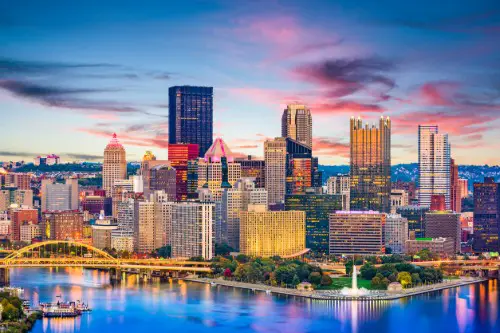
Once known as the heart of America’s steel industry, Pittsburgh has completely flipped the script over the last decade, according to Noah Smith from Bloomberg. It’s now a hotbed for robotics, AI, and green tech, thanks in part to Carnegie Mellon University and companies like Aurora and Argo AI. The city also revitalized its riverfronts and turned old industrial spaces into parks and tech hubs. This blend of grit and innovation has given Pittsburgh a totally new identity.
Culturally, the city is also flourishing. Neighborhoods like Lawrenceville and the Strip District are filled with street art, artisan shops, and coffee spots that didn’t exist a decade ago. Public art installations, like Randyland, have turned parts of the city into open-air galleries. It’s a place that kept its blue-collar soul but added a splash of creative rebellion.
3. Detroit, Michigan
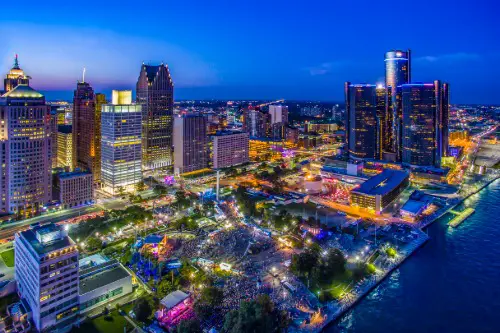
Detroit’s story has gone from decline to determined rebirth, according to Susan Ager from National Geographic. After filing for bankruptcy in 2013, the Motor City began reinventing itself with an explosion of entrepreneurial energy and arts investment. The downtown and Midtown areas now buzz with renovated buildings, new businesses, and an ever-growing tech scene. It’s a gritty kind of comeback, full of scrappiness and soul.
Murals now dominate the cityscape, and events like Murals in the Market have made Detroit a destination for street artists worldwide. The city also leaned hard into its music heritage, with venues and museums keeping Motown alive while embracing newer genres. A fresh wave of young creatives have brought community gardens, pop-ups, and coworking spaces to formerly vacant lots. It’s still Detroit—but with a bold, fresh paint job.
4. Tulsa, Oklahoma
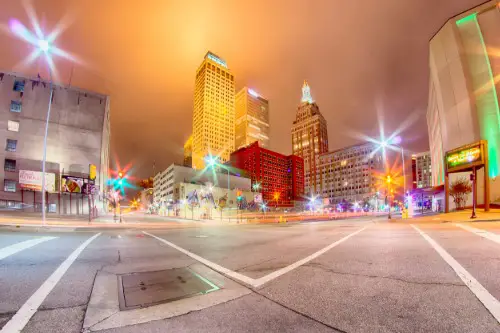
Tulsa made a splash with its Tulsa Remote program, attracting remote workers with $10,000 incentives to move there, according to Rani Molla from Vox. But that’s just the beginning of the transformation. In the last ten years, the city has invested heavily in the arts and entrepreneurship, creating new hubs like the Tulsa Arts District and the massive Gathering Place park. These moves have sparked new life in a city that once struggled to keep young people around.
Public murals now coat once-empty walls, and community art centers are popping up in formerly underused neighborhoods. The city’s music and food scenes have also exploded, reflecting its blend of Southern, Native American, and Midwestern influences. Tulsa’s commitment to racial reconciliation—like the Greenwood Rising center—adds depth to its rebirth. It’s a city embracing its past while sprinting toward the future.
5. Asheville, North Carolina
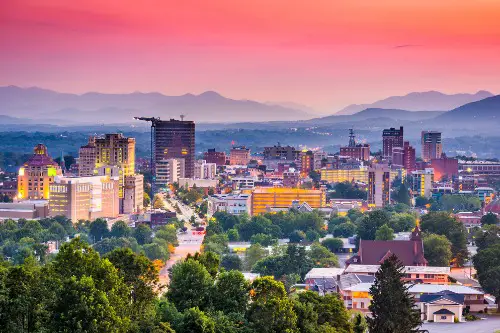
Asheville has long had a reputation for being quirky and artsy, but in the past decade, it’s become a full-on creative powerhouse, according to Shayla Martin from The New York Times. The River Arts District has transformed from industrial decay to a vibrant arts corridor full of galleries and breweries. There’s also been a boom in sustainable living and eco-conscious development, drawing in young professionals and retirees alike. This mountain town is now a magnet for makers, musicians, and muralists.
The city also doubled down on public art, with massive wall-sized murals and festivals like LEAF bringing in artists from around the world. Street performers and outdoor markets keep the vibe lively, even on a random Tuesday afternoon. Asheville’s food scene, once niche, now rivals much bigger cities in its innovation and diversity. It’s Appalachia with an artsy, forward-thinking twist.
6. Providence, Rhode Island

Providence has always had creative bones, thanks to RISD and Brown, but the last decade has taken things to a new level. Abandoned buildings have become art spaces, and WaterFire events have made the rivers a backdrop for community celebration. Downtown has become denser and livelier, with restored architecture and new businesses moving in. The city embraced its weird, artsy side—and it’s paid off.
Public art is everywhere now, from massive murals to rotating sculpture exhibits. Olneyville, once overlooked, is now a hotspot for artists and entrepreneurs. Even the food scene has blossomed, with creative chefs giving the city unexpected culinary clout. Providence may be small, but it’s full of big ideas and fearless reinvention.
7. Columbus, Ohio
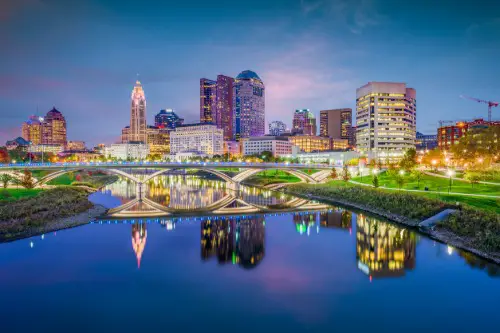
Columbus has undergone a quiet revolution over the past ten years, shaking off its image as just a government and university town. The Short North Arts District has become a destination in itself, full of galleries, murals, and buzzing nightlife. It’s also become a tech and start-up hub, with companies like CoverMyMeds fueling the city’s economic engine. Urban development has kept pace, with new transit projects and housing popping up all over.
Civic pride shines through in the city’s public art initiatives and community projects. Street art festivals and installations from local artists have added color to the everyday landscape. The city’s diversity is on full display, too, with new immigrant-owned businesses and cultural events thriving. Columbus is a Midwest city thinking—and acting—bigger.
8. San Bernardino, California
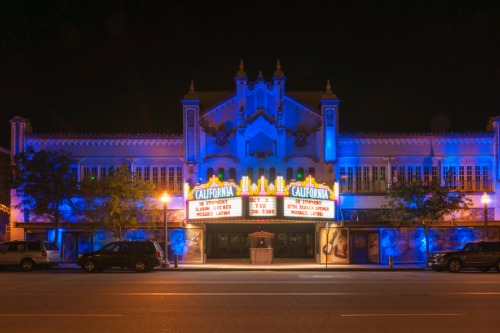
San Bernardino has faced its share of struggles, but over the past decade, the city has pushed hard toward reinvention. Emerging from bankruptcy in 2017, it’s focused on economic development, community art, and safer public spaces. There’s been a strong grassroots movement to reclaim neighborhoods and empower local creators. The transformation is subtle but real, and it’s happening block by block.
Community-led murals, pop-up art events, and music festivals have given residents a reason to rally. Artists have turned utility boxes and bus stops into canvases, changing how the city sees itself. Local schools and youth centers now play a bigger role in art education and civic engagement. San Bernardino is finding its own voice—and it’s getting louder.
9. Buffalo, New York
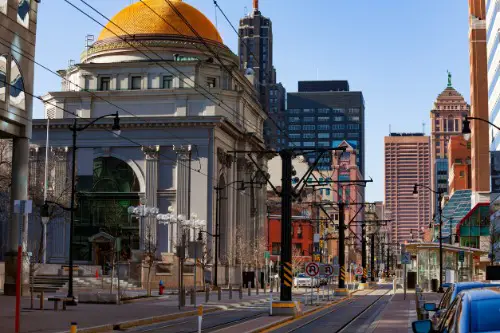
Buffalo’s Rust Belt roots are undeniable, but so is its renaissance. The city has poured energy into redeveloping its waterfront, revitalizing old factories, and celebrating its blue-collar charm. Canalside, once derelict, is now a go-to spot for concerts, markets, and public art. And it’s not just surface-level—the local economy has diversified, too, especially in health, education, and clean tech.
The arts scene has taken off, with street art festivals and installations becoming regular fixtures. Neighborhoods like Elmwood Village and Allentown are alive with galleries, murals, and vintage shops. There’s a renewed sense of civic pride that’s visible in every corner. Buffalo is proving you can honor your past and still push forward.
10. Chattanooga, Tennessee
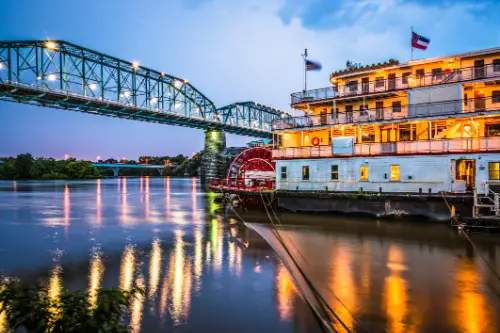
Chattanooga was ahead of the curve with its citywide gigabit internet, but it hasn’t slowed down since. It’s become a magnet for remote workers and startups, all drawn in by fast Wi-Fi and scenic views. Over the last decade, the city has leaned into outdoor living, clean energy, and creative placemaking. And the arts community has responded with vibrancy and flair.
Murals now brighten up many parts of the city, especially around the Southside and Main Street areas. Tech incubators and maker spaces have popped up alongside historic warehouses. There’s a real spirit of experimentation and collaboration that’s infectious. Chattanooga feels like the future—just with more barbecue and better hiking.
11. New Orleans, Louisiana

New Orleans has always been known for resilience, but the last decade has been about reinvention, not just recovery. Beyond Bourbon Street, neighborhoods like Bywater and St. Roch have blossomed into cultural and artistic hubs. Local artists have taken over abandoned buildings with colorful murals and installations, turning decay into expression. There’s a push to keep the culture in local hands, and that’s giving the city new energy.
The arts economy has grown stronger, with initiatives supporting Black-owned businesses and homegrown talent. The rise of street art and public murals reflects the city’s soul—loud, proud, and always creative. It’s not just tourism keeping New Orleans vibrant, but the locals who are reclaiming their space. The city’s still got its rhythm, just with a new beat.
12. Atlanta, Georgia
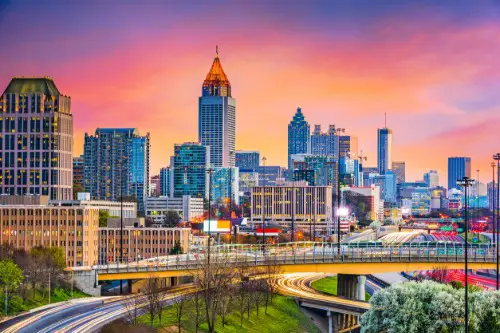
Atlanta’s skyline keeps growing, but so does its street-level creativity. The BeltLine project has been a game changer, connecting neighborhoods with trails, parks, and—yes—an incredible amount of public art. Once-industrial spaces now host galleries, pop-ups, and art walks that draw thousands. Tech, film, and music have made Atlanta one of the South’s biggest innovation hubs.
Murals, particularly those celebrating Black culture and history, have become city icons. From the West End to Old Fourth Ward, creativity is spilling onto every block. Start-ups and small businesses are thriving in previously disinvested areas. Atlanta isn’t just expanding—it’s evolving with purpose.
13. Boise, Idaho
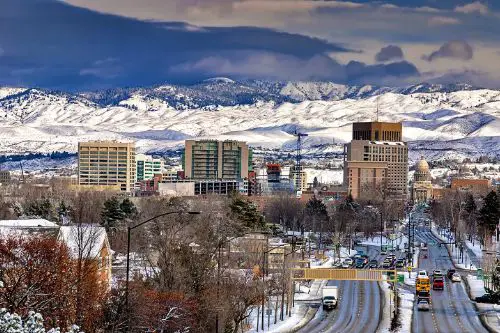
Boise might not be the first city you think of when it comes to reinvention, but it’s had a quiet transformation. Over the last decade, it’s become a magnet for creatives and entrepreneurs fleeing high costs on the coasts. Public art is everywhere, especially along the Freak Alley Gallery—a graffiti-covered wonderland that’s grown into a major attraction. And with new green spaces, biking paths, and cultural events, Boise’s become a city on the rise.
There’s also a newfound pride in supporting local—everything from food trucks to indie bookstores to music festivals. The downtown has filled in with life, while the outskirts balance that small-town charm. It’s got the startup vibe without losing its outdoorsy soul. Boise’s rewriting its narrative—and people are noticing.
14. St. Petersburg, Florida
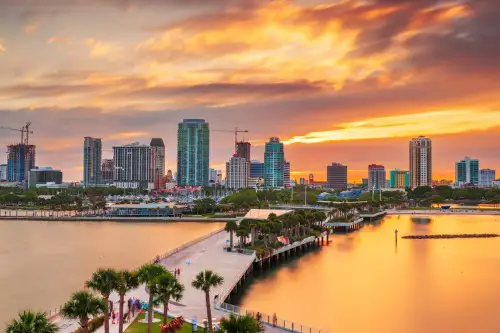
St. Pete has shaken off its sleepy retirement town image with style. Over the last ten years, it’s become a center for arts, design, and beachside innovation. The Warehouse Arts District is thriving, and the SHINE Mural Festival has turned the city into one of the most colorful in the South. Walk a few blocks, and you’ll see murals that could easily be in Wynwood or Bushwick.
The downtown waterfront is now buzzing with activity—from street performers to indie markets. Start-ups and co-working spaces have taken over where old storefronts once sat empty. It’s still got the sun and sand, but with a creative twist. St. Pete is where laid-back meets leveled-up.


